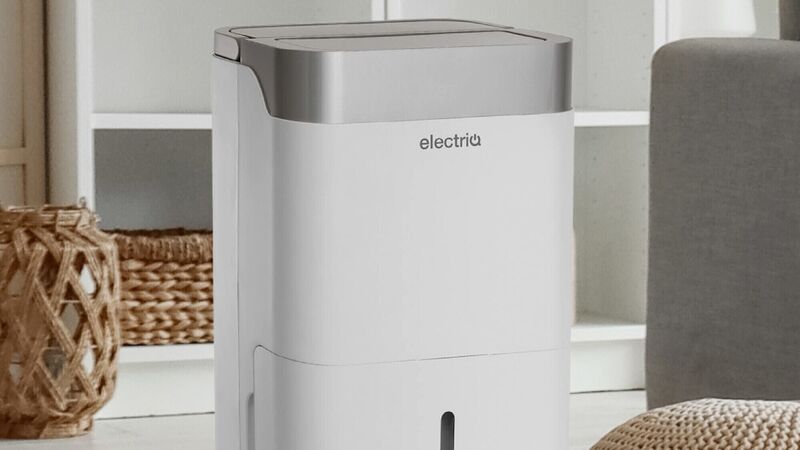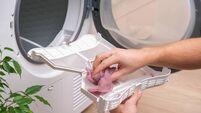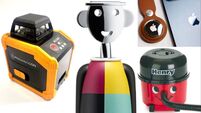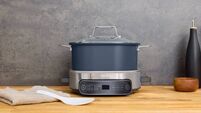How to pick a dehumidifier

An ElectriQ 25l low-energy smart laundry dehumidifier, €255, buyitdirect.ie.
There are two types of dehumidifier: refrigerant dehumidifiers (also known as compressor type) and desiccant dehumidifiers. Refrigerant dehumidifiers are ideal for general, domestic use. Desiccant machines cost more to run but are suited to bigger jobs like drying out plaster in a new build.
A three-to-four bedroom house with condensation issues will demand an 18l model to extract 18l of water from the air. Smaller models in a large space may need emptying several times a day.













